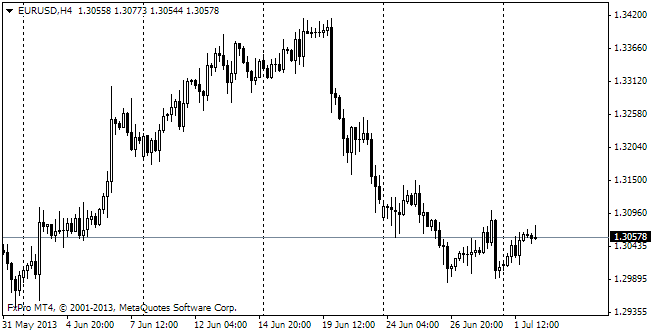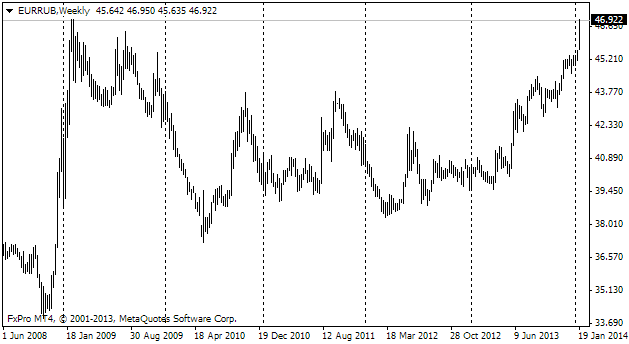EUR/usd
The pair got support on the strong stats from Europe and relatively poor data from the USA. Yesterday's PMI helped the single currency get off the lower bound of the range, forming since the beginning of the week. The index pointed out strengthening of business activity in the eurozone. And what's important not only in Germany, but also in other countries. But afterwards dollar bears fastened on the continuing claims index, which has been on the rise for the last three weeks. Except for one week in July, distorted by the holidays, the last time unemployment claims exceeded 3.06 million was in April 2013. Besides, in the recent weeks the number of weekly unemployment claims has been fluctuating a lot. At such moments the markets usually gossip about a trend change. Luckily, in our case it can turn out to be a mere distortion because of the holiday weeks or a suspension of the downtrend. And if the long-term trends don't pose any cause for concern, in short term it is expected that the fomc may delay another cut of the monthly bond-buying programme. Yet now only 10% of economists suppose that the size of QE will be preserved after the meeting next Wednesday. In our opinion, it is FOMC's comments that should be considered first. And they mainly express an opinion that the US employment statistics are not a sign of the recovery slowdown, so there is no need to change the course of tapering. The dollar eventually should strengthen because of that, which is already happening against the currencies of the developed countries. Anyway, large developed economies still attract attention of investors and the euro, the pound and the yen have significantly grown against USD this week.

GBP/USD
The pair got support on the strong stats from Europe and relatively poor data from the USA. Yesterday's PMI helped the single currency get off the lower bound of the range, forming since the beginning of the week. The index pointed out strengthening of business activity in the eurozone. And what's important not only in Germany, but also in other countries. But afterwards dollar bears fastened on the continuing claims index, which has been on the rise for the last three weeks. Except for one week in July, distorted by the holidays, the last time unemployment claims exceeded 3.06 million was in April 2013. Besides, in the recent weeks the number of weekly unemployment claims has been fluctuating a lot. At such moments the markets usually gossip about a trend change. Luckily, in our case it can turn out to be a mere distortion because of the holiday weeks or a suspension of the downtrend. And if the long-term trends don't pose any cause for concern, in short term it is expected that the FOMC may delay another cut of the monthly bond-buying programme. Yet now only 10% of economists suppose that the size of QE will be preserved after the meeting next Wednesday. In our opinion, it is FOMC's comments that should be considered first. And they mainly express an opinion that the US employment statistics are not a sign of the recovery slowdown, so there is no need to change the course of tapering. The dollar eventually should strengthen because of that, which is already happening against the currencies of the developed countries. Anyway, large developed economies still attract attention of investors and the euro, the pound and the yen have significantly grown against USD this week.

USD/JPY
The attack on the dollar made usdjpy leave a comfortable channel between 104 and 105. Just like at the beginning of the previous week, the pair was pushed down to 103, where it found buyers. There are some concerns about the fact that unlike the preceding week now we don't see continuous growth in the pair. It lingered at 103.40 and there are some fears that 103 won't stand another attack.

EUR/RUB
We have spoken about loss of investors' interest in such currencies as the Aussie and Loonie, but it is also worthy to mention another “commodity” currency – the ruble. Today the euro is a step to the rate of 47 rubles. Such levels were seen only in the heat of the crisis, when oil cost thrice as cheap, the pair rose as high as 46.98. By now we already have 46.95. Just like in case with the pound, staking on a reversal (awaited by most retail traders), it would be better to wait for stabilization.
